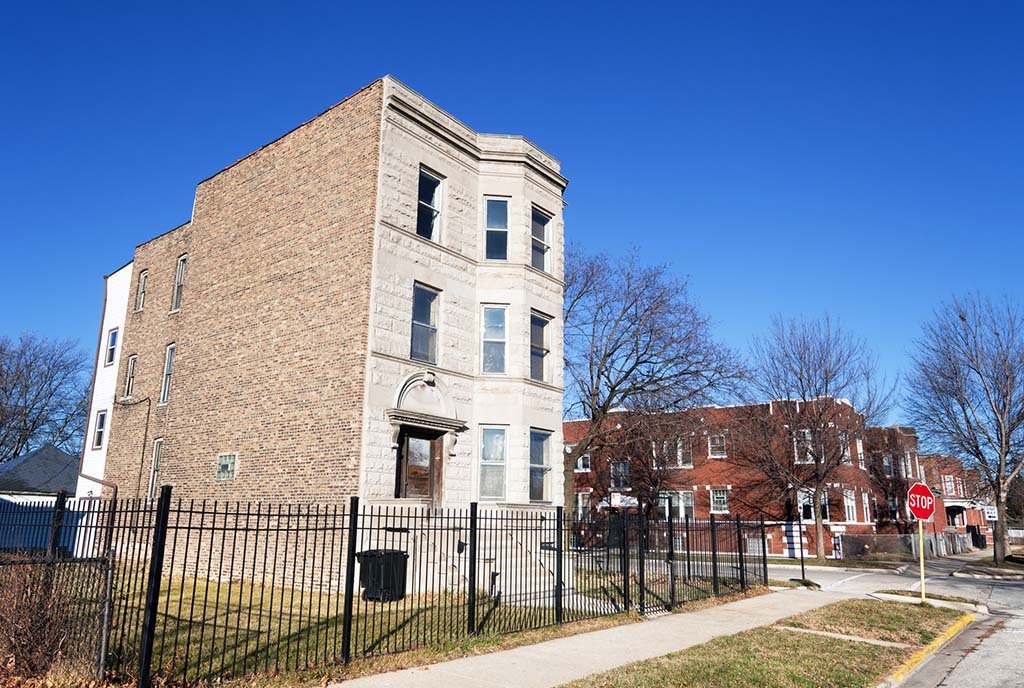
January 8, 2018; Valley Journal
Ronan, Montana, a town of less than 2,000 located between Missoula and Kalispell, has been searching for ways to build its economy. Ronan, which lies on Flathead nation land and is twelve miles south of Flathead Lake, “boasts a variety of businesses, including a telephone company, a movie theatre, a café, a thrift store, a bowling alley, hospital, and others.” Still, as Valley Journal reporter Summer Goddard acknowledges, “many Main Street storefronts remain empty or rundown” with roughly a third of Main Street buildings either vacant or in disrepair.
In listening sessions held with economic developers in 2016, Goddard writes, “community members identified the revitalization of Main Street and increased business development as priorities for their town.” One strategy is forming a cooperative craft brewing company, since named the Ronan Cooperative Brewery. Led by a steering committee of nine, the co-op brewery is expected to launch this fall.
In a December 2017 article, Goddard writes, “100 or so people gathered at a Ronan bar on a Saturday night as would-be owners of the Ronan Cooperative Brewery. The Ronan Valley Club buzzed with energy on Dec. 2 as friends, neighbors and strangers connected over a cold drink and an idea.”
Barb Nelson, who chairs the steering committee, enthuses, “You can feel the excitement in the room.”
Brianna Ewert of the Lake County Community Development Corporation’s Cooperative Development Center provides technical assistance to the group. “Ewert, who’s been involved in the project from day one,” notes Goddard, “said the idea for a brewery came about early in Ronan residents’ discussions with economic developers.”
After a feasibility study came back positive, the group filed an intent to incorporate with the state. To date, the member equity drive is going well. The December 2nd gathering itself, Goddard writes, raised more than $26,000 “and 48 new owners signed on, tipping the total in shares sold to $52,350. As the business plan is currently written, once $150,000 in owner investment is reached, that money would be used as leverage for additional loans.”
As of mid-December 2017, Goddard adds, “the total of all funds raised, including development funds that have been awarded the project, was more than $75,000. The number of Ronan Cooperative Brewery owners was 125.”
Goddard explains that member investments come in two forms—common and preferred shares. “Common stock is $250 per share. All members purchase one share which gets them one vote. Additional shares do not garner additional votes. Preferred stock, offered to common stock members, is sold at $100 per share.” Preferred stock allows for higher returns after the business becomes profitable.
Statewide, Goddard notes that Montana has 68 craft breweries, with growth averaging roughly 13 percent per year since 2010. To date, according to Kyle Morrill, a senior economist at the University of Montana Bureau of Business and Economic Research, craft brewery growth in Montana has generated “1,044 additional permanent year-round jobs, more than $33 million in additional income for Montana households, [and] $103 million in additional sales from businesses and organizations.” Goddard adds that Montana’s legislature raised the production cap from 10,000 to 60,000 barrels a year last spring, which might lead to further growth.
Sign up for our free newsletters
Subscribe to NPQ's newsletters to have our top stories delivered directly to your inbox.
By signing up, you agree to our privacy policy and terms of use, and to receive messages from NPQ and our partners.
Ronan is not the only place to develop a craft brewing cooperative. In 2015, Tim Palmer, research director of the Democracy at Work Institute, authored a report that profiled examples in over 20 cities. The employee stock ownership plan (ESOP) is also a common approach—Colorado-based New Belgium Brewery and Boston-based Harpoon Brewery are notable examples. Both co-op and employee-ownership are commonly used in the industry because both have proven to be powerful tools that motivate workers to pay the careful attention required to produce high quality craft beer.
Goddard herself profiles one co-op craft brewery in Los Alamos, New Mexico, where “April 2018 will mark the three-year anniversary of Bathtub Row Brewing.” According to general manager Douglas Osborn, “things are going very well,” with the business growing 10–20 percent annually. Sales in 2018 are expected to hit $700,000.
Goddard adds:
After 2½ years in operation, the brewery will begin to pay back its loans this December and is on track, Osborn said, to become debt free within the next three to five years.
Production wise, the brewery operates at almost full capacity and at times can’t make enough beer for their guests.
“It’s a good problem to have,” Osborn noted. “We’re far past the original projections.”
The brewery, which employs 15–17 people, has also seemed to spark growth for other nearby businesses.
Osborn concedes that cooperatives bring challenges as well as advantages. “There are times when it’s cumbersome to work through problems via committee,” Osborn says. But, Goddard adds, for Osborn, the co-op structure brings the business many offsetting benefits, including the power to tap into worker creativity and to have employees serve as a productive sounding board for business decisions. What’s more, the firm retains employees at a rate far above industry norms.
“Overall,” Osborn concludes, “it’s a huge plus.”—Steve Dubb
Correction: This article has been altered from its original form to acknowledge that the author of the January 8th article in the Valley Journal is Summer Goddard. NPQ regrets the error.













